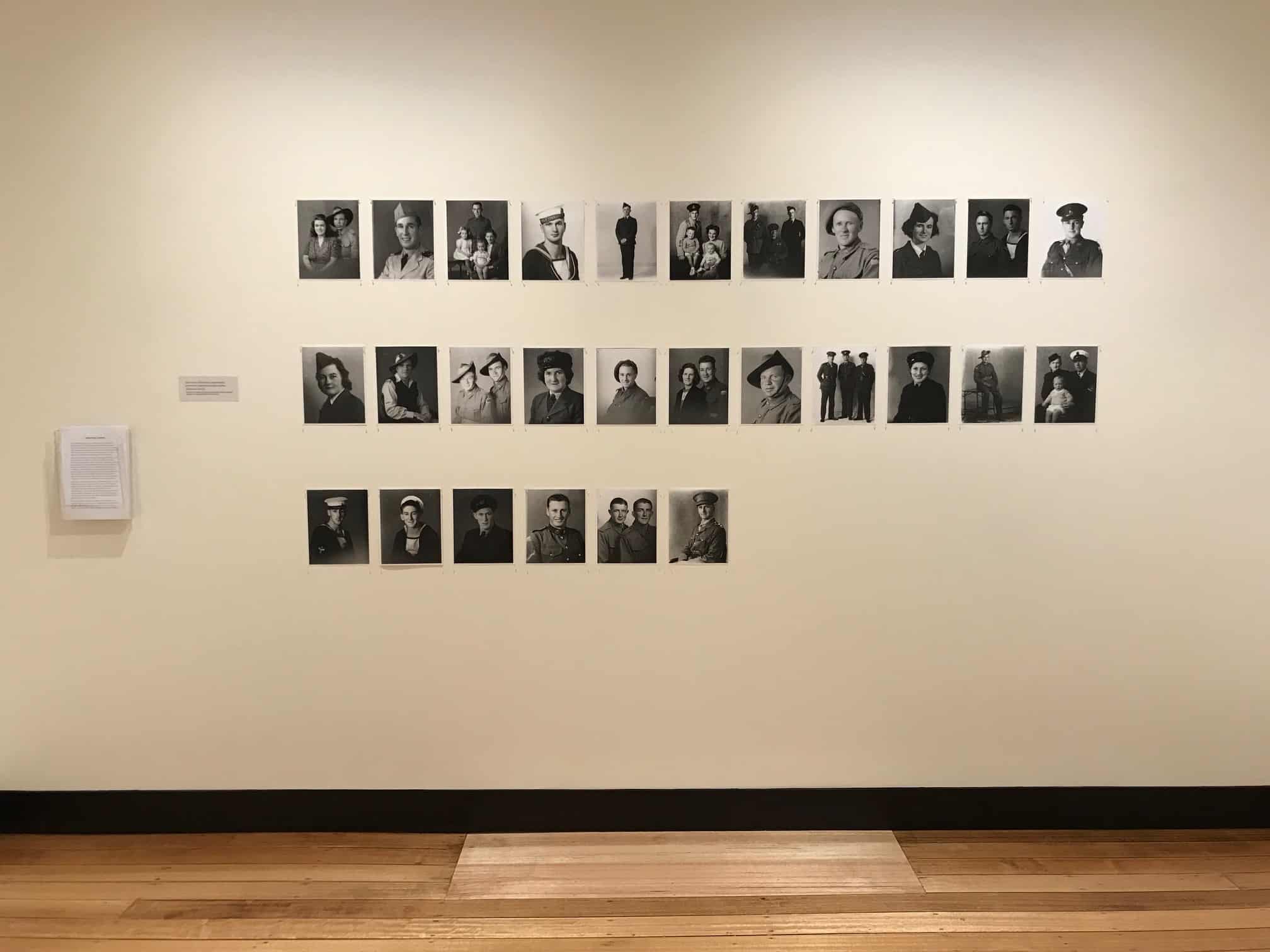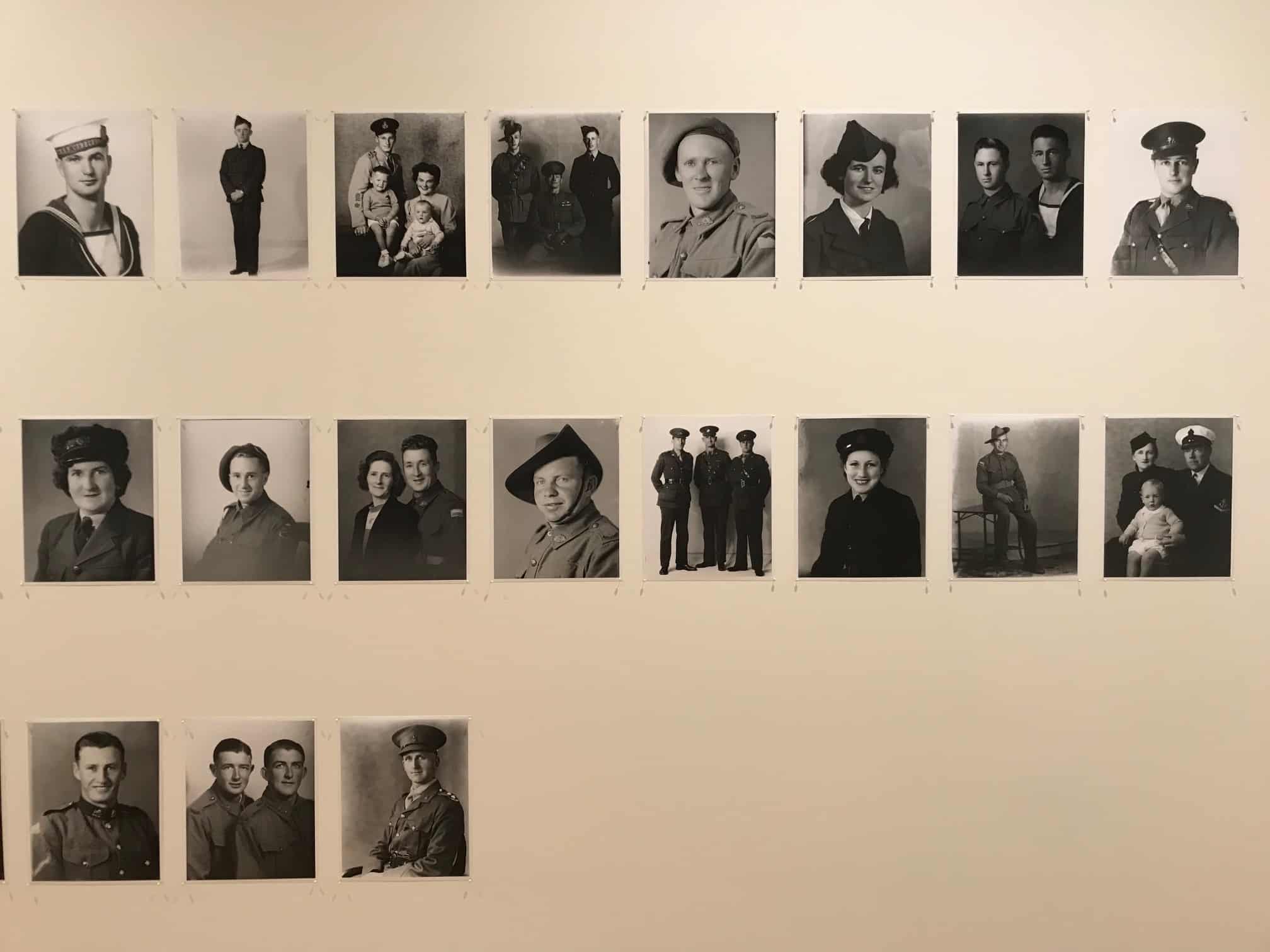
When I joined the Droogs in 2016 I didn’t know much at all about the Robinson Collection. Since then through viewing exhibitions and being involved with the gallery I have learned that it is a collection of over 20,000 sets of photographic negatives taken in and around Devonport between the 1920s and 70s by father and son Bert and Albert Robinson. It has been regarded as a comprehensive visual record of Devonport’s history.
This information while correct can also be misleading in the sense that it can wrongly imply that the Robinson Collection is an example of work by documentary photographers; a form of photography described as “a style of photography that provides a straightforward and accurate representation of people, places, objects and events.” The Robinson Collection is mostly comprised of studio photography. The Robinsons used photography as a business therefore only those who could afford to pay for photographs could have them taken. Already this creates obvious gaps in the culture and environment represented in the collection. There is little to no representation of anyone who likely couldn’t have afforded to have their picture taken.
When I was invited to be involved in the youth takeover project I was mainly interested in seeing the collection first hand rather than just a few select images in an occasional exhibition. Even though I barely even made a dent in the collection in regard to looking at it I noticed that it isn’t as comprehensive as I once thought. While searching through the thousands of delicate negatives I realised there are a lot of holes in the supposed visual records of Devonport’s history. While it remains a brilliant historic resource for Devonport it is by no means complete.

For the Youth Takeover exhibition I’ve decided to draw attention to the aspects of Devonport’s history that are not represented by the collection. For example, stories that have the beginning documented but the ending is absent. An example of this is in the many images of world war two soldiers that I came across originally by looking through the catalogues of past Robinson exhibitions. There are over 70 portraits of soldiers before they went to war, but the collection is lacking in images of after the war. There are no returned soldiers, no photos of hospitals, no indication of the physical and mental scars such a conflict would have caused.
I have selected a number of portraits to exhibit. These portraits were selected randomly from the 70+ soldier negatives as I’m not interested in representing specific people but rather the lack of the second half of these peoples’ stories. The portraits are displayed in three rows, but I have deliberately cut the third row short to represent the missing piece of the story. Many of these men and women are young and almost all of them would have had families that they left behind. I’m interested in raising questions like did these soldiers return from the war? If they did, were they injured physically or mentally or both? What happened to the families they left behind? Why wasn’t it documented in the Robinson collection? I hope the unfinished third row will help to highlight the missing pieces in this collection.
-Katelyn Geard, Youth Takeover Participant
Facing Our Past, The Robinson Youth Takeover is on display at Devonport Regional Gallery until 10 March 2019
Images: Installation photographs from Katelyn Geard’s display of photographs from The Robinson Collection of photographic negatives, Devonport City Council